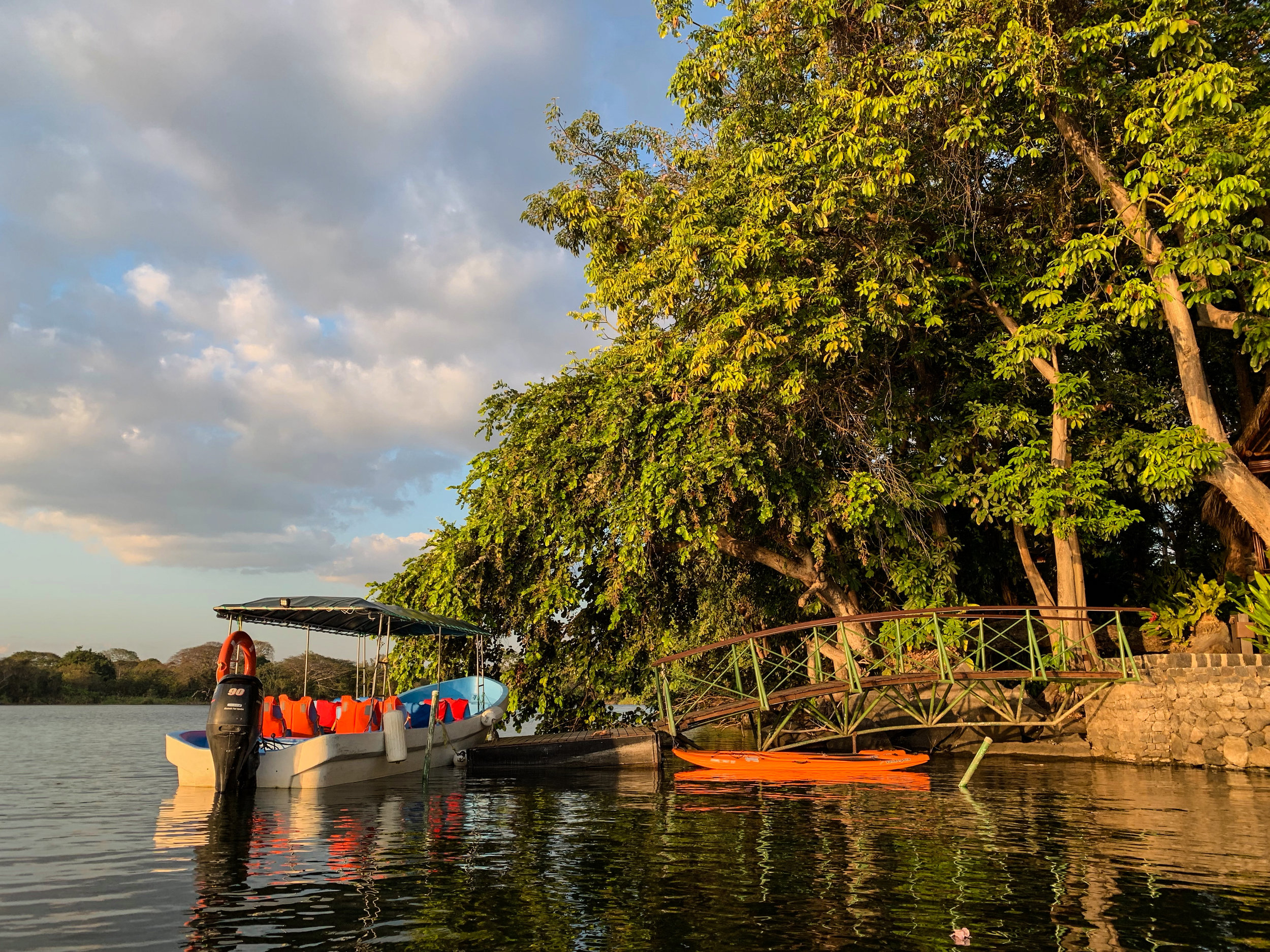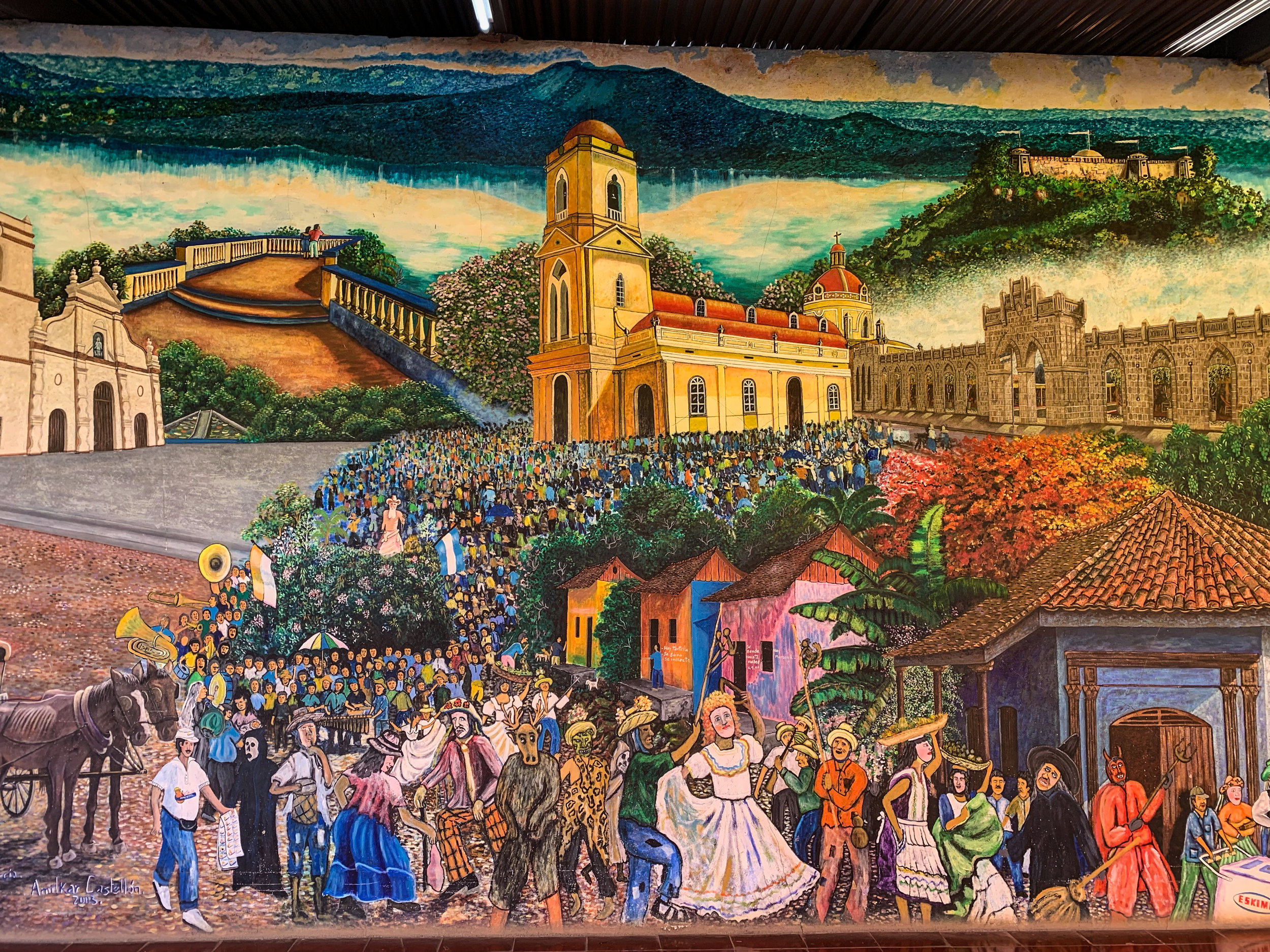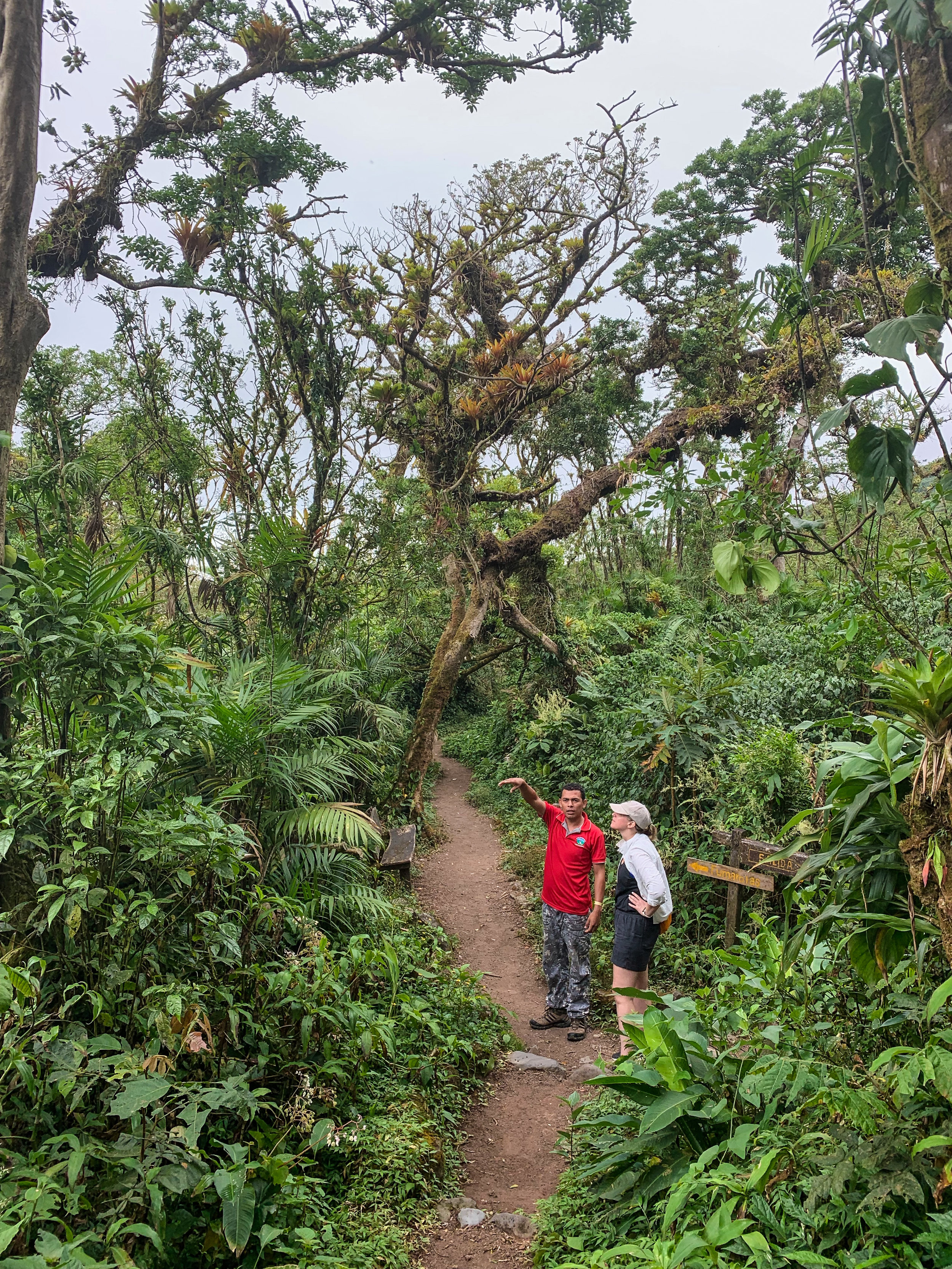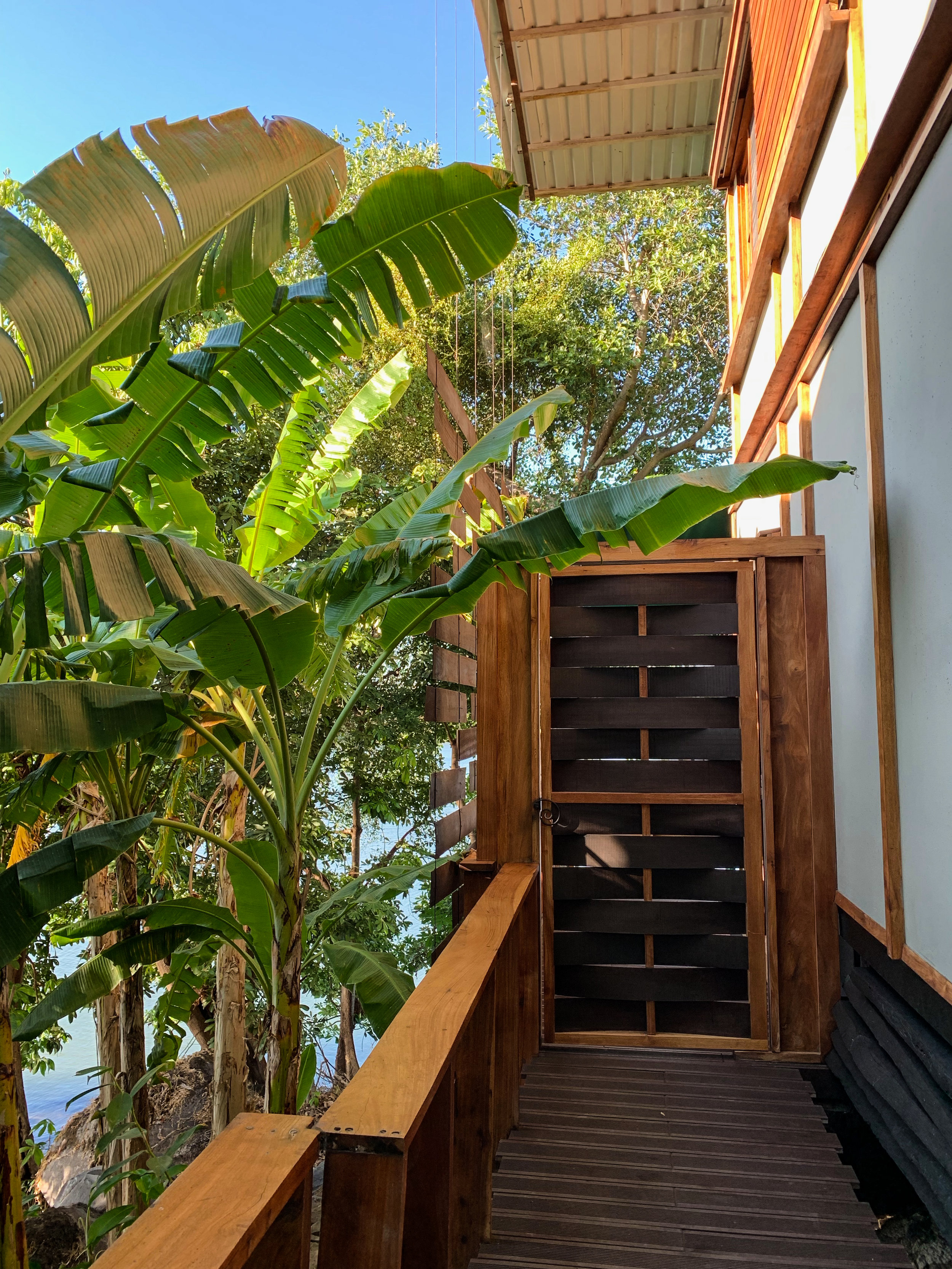Return to Nicaragua and Jicaro Island Lodge
Return to Jicaro Island Lodge
In early April of 2019 I spent a week in Nicaragua with a good friend from college. Using Jicaro Island Lodge as our base, we planned day trips around Granada, Mombacho and Masaya.
What would Nicaragua feel like to a visitor now, one year later? Is it safe? Should one travel there? Some form of these questions arrive in my inbox several times each week and the most honest way to answer was to revisit myself. Following are answers to some of the most frequent queries that I receive about Nicaragua and Jicaro Island.
Hiking on Mombacho Volcano, overlooking the Isletas de Granada and Lake Nicaragua.
Is Nicaragua Safe for Tourists?
Without hesitation, yes, tourists can safely travel within the country and have been for some time, since Canada the UK and most EU member nations removed their travel warnings several months ago. In fact, Jicaro Island Lodge was mostly full during our stay; we shared the island with couples from Costa Rica, the UK, Toronto, New York and a family with teenagers from Kentucky.
The only snafu we encountered was on our arrival day and it was the fault of Spirit Airlines (and my friend for opting to book Spirit Airlines, but I suppose that everyone has to learn that lesson once.) Jicaro Island took care of all of our transfers, adjusted plans to compensate for Spirit’s failings and arranged several days of guided touring. In Granada, lingering hints of last year still faintly exist in the form of a quieter town and “cerrado” signs hanging on some of the bars and stores that catered exclusively to tourist crowds. But the market and main square were bustling and vendors were eager to banter, show off their carving skills or have you sample their special version of Vigorón. On our requisite visit to the bell tower in Iglesia La Merced, we took in the views over the town’s colonial rooftops with a group of middle schoolers from Masaya and posed for several selfies.
Serene lake views from the pool deck at Jicaro Island Lodge.
Masaya’s Lava Lake
Who Should Go to Nicaragua?
Even before last year, Nicaragua was a delightfully raw “un sanitized” travel experience, especially when compared to Costa Rica’s tourist-focused Guanacaste region just across the border. From the wildly painted chicken buses following their own rules of the road to the frequently seen vaqueros herding livestock down dirt paths and across fields, traveling through Nicaragua reminds you that you’re far from home. There aren’t too many other places in the world where one can drive nearly to the edge of an active volcano and gaze down into a boiling lava lake, sand board down the side of a volcano, join an entire town in passionately cheering on the local baseball team and surf epic waves without battling crowds of other tourists, all in a long weekend .
But you don’t have to be a thrill seeker to appreciate Nicaragua. Jicaro Island is a wonderful place to disconnect and recharge; from quiet mornings with coffee and birdsong to yoga classes near the Cenote and Spanish practice with Jicaro’s encouraging staff, there are many ways to slow down but still richly engage with and soak in the destination. Travel Advisor Sarah Groen of Bell & Bly Travel Design (an affiliate of Brownell Travel) suggested it as the perfect country for Spanish-language immersion, after living with a family in Leon and studying Spanish herself a few years ago.
And of course there is an economic incentive; Nicaragua is very affordable, even in high season.
Why Stay on Jicaro Island Instead of in Granada?
Of all the Cayuga Collection properties, Jicaro holds a special place for me as it perplexed me the most prior to my initial visit; why would anyone stay out on an island “treehouse” in the middle of Lake Nicaragua instead of within Colonial Granada? Experiencing the property for the first time was an ah-ha moment; after a hot day of hiking, horseback riding or walking the dusty and busy streets of Granada, the breezy fifteen minute boat ride through the Isletas transports you to a private island oasis, perfectly positioned to showcase amazing sunsets over Mombacho Volcano. Friendly staff appear out of nowhere with new tropical refreshment and a cool towel that you didn’t know you wanted. And the food - Jicaro’s menu is an amazing highlight in Central America! If you’ve been, you know.
Rather than visiting Las Isletas de Granada for a ½ day cruise (a popular excursion from Granada), a stay at Jicaro allows travelers to live among the tiny fishing communities that have inhabited these islands for centuries. On a SUP or kayak paddle among the neighboring islands you’ll encounter fisherman tossing traditional circular nets into the lake and children rowing their blue and red boats to their school, which guests of Jicaro are welcome to visit for themselves.
Neighbors on Jicaro Island
Since partnering with the Padre Nello School several years ago, Jicaro Island Lodge and their guests have funded the installation of a water treatment system (that provides clean drinking water for 600 people in the surrounding communities), solar panels to provide electricity to the classrooms and countless school supplies. When tourists stopped coming last year, Jicaro Island Lodge’s owner Karen Emmanuel paid out of pocked to keep as many staff employed as possible and ensure that Jicaro’s projects with the local community received continued financial support.
Arge, just one of the amazing people at Jicaro Island, is an aspiring photographer and a creative mixologist.
What is there to do on Jicaro Island?
While the island is small with only nine “treehouse” casitas on stilts ringing its exterior, it packs a lot in. (See an aerial map of Jicaro Island) Yoga classes are offered complementary every morning, staff regularly host informal Spanish lessons, cooking & cocktail classes and at reception you’ll find a well-stocked selection of games, from giant Jenga to backgammon, chess and Monopoly, as well as birding books and binoculars. SUPs and kayaks are always available for guest use and the floating dock is a marvelous place to sunbathe and swim if you prefer the lake to Jicaro’s pool.
The Jicaro Island Tour Book is a great resource for guided excursions on the lake, in Granada and beyond. With a four night stay we walked Granada’s colorful streets and central market, hiked through the multitude of microclimates ringing Mombacho Volcano, visited the artisan pottery village of San Juan de Oriente (tried – and failed – to throw a pot on a wheel powered only by kicking), sampled traditional Easter sweets and learned about the folkloric dance traditions in Masaya town and of course gazed into Masaya Volcano’s churning lava lake at dusk. A fifth night would have been optimal to spend allow a full day to just chill on the island and make use of the water colors we packed.
Natural pigments and hand carved details are hallmarks of San Juan de Oriente’s unique style of pottery.
I always recommend that travel advisors combine Jicaro Island with Rancho Santana on Nicaragua’s southern coast. The two properties are perfect complements to each other. Begin with a few days at Jicaro to explore the volcanos, lakes and colonial towns near Lake Nicaragua then finish with 3 or 4 nights at the beach, or vice versa.



















